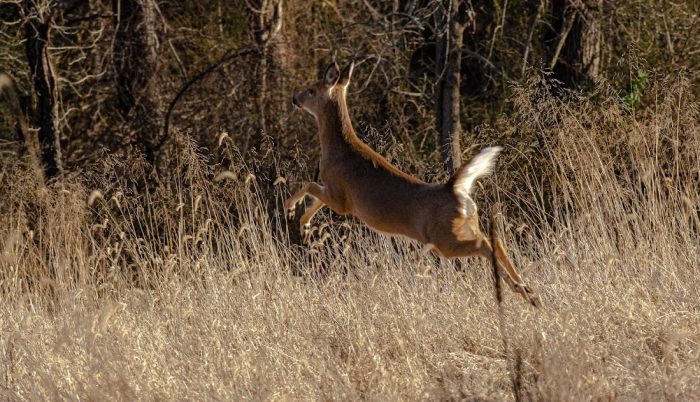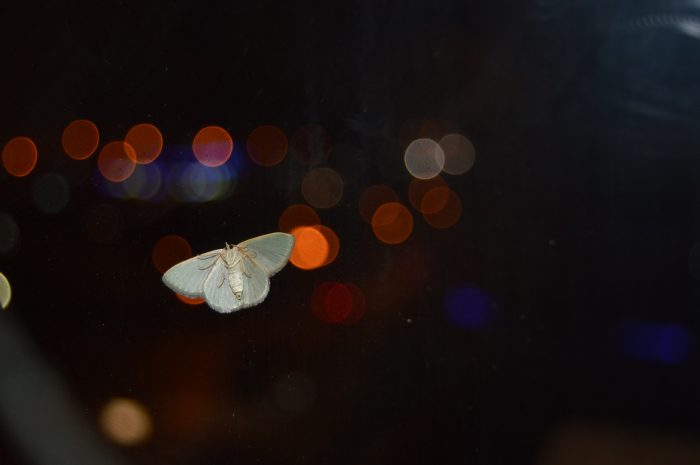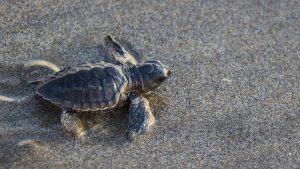By Cayla Rosenhagen

Over these past two trying years, more and more people have been flocking to nature for recreation and solace. It’s no wonder that birding, also known as birdwatching, continues to grow in popularity.
Birding can be enjoyed by all and in just about any spot you can imagine. Not only is it an engaging hobby for the whole family, but it can also be emotionally therapeutic, mentally stimulating, and provide physical exercise. Additionally, being connected to nature makes us more attuned to our planet’s needs, and more passionate about protecting it. There’s never been a better time to begin birding. I’d like to share a few easy tips to help you get started.
1. There’s no place like home. Odds are, you have a variety of birds right where you live. Get familiar with your common backyard species that are easy to identify such as Northern Cardinals and Blue Jays. Then start to notice finer details in other birds such as different sparrows. You will be amazed at the variety you see.
2. Get your hands on some resources to help you identify the birds you see.
◆ Merlin is a great free app. It allows you to enter some basic info such as color, size, and location, to help you figure out what you’ve spotted.
◆ AllAboutBirds.org is a phenomenal, user-friendly website chock full of helpful birding info.
◆ Field Guides: My favorites are the Kaufman Field Guide to Birds of North America, the Crossley ID Guide Eastern Birds, and the Sibley Field Guide to Birds of Eastern North America.
3. Create a Backyard Bird Oasis. Make your yard a paradise for a wide array of bird species by offering various food and water sources, and shelter.
There are many ways to feed your feathered friends, including planting native berry-and-seed-producing plants and offering feeders full of birdseed and suet. Some of my favorite native flora are Red Mulberry bushes to attract anything from Baltimore Orioles to Red-Breasted Grosbeaks, and Bee Balm flowers for Ruby-Throated Hummingbirds as well as other pollinators such as bees and butterflies.
In addition to native plants, especially at times when they are not in season, consider supplementing your backyard birds’ diets with quality seed and suet. Safflower and black oil sunflower seeds attract dozens of species of songbirds. Hearty suet is the perfect winter treat for woodpeckers, chickadees, and more, due to its high protein and fat content.
If you choose to set up birdfeeders of any kind, (platform feeders, cage feeders, etc.) please be mindful of where you place them. Be sure they are several feet away from glass windows to avoid bird collisions. Additionally, they should be very close to shelter, such as shrubs and trees, so birds can easily hide if a predator is nearby. Keep your feeders clean to help maintain the birds’ health.
Providing clean sources of water is equally important. Birdbaths, ponds, and water dishes are wonderful ways to ensure your backyard birds are hydrated. Use a “water-wiggler” or similar device to keep the water from becoming stagnate and home to bacteria and mosquito larvae. Think about purchasing a heated birdbath in the colder months so the water doesn’t freeze. Lastly, the water should be shallow enough for birds to stand in.
Shelter for birds in your yard can range from a pile of wood to a stone wall to leafy trees and shrubs. Birds also require good nesting materials and nesting locations. Although it depends on the species, birds often nest on tree branches, in tree cavities, or in or around manmade structures. They build their nests using grasses, twigs, found objects, and even mud. If you are looking to attract more nesting birds, namely woodpeckers, consider not removing dead trees on your property. Dead trees are home to lots of cavities where birds like to nest, and they are home to millions of insects which are a vital food source to birds and their chicks. For more information, visit 4has.org/bird-oasis.
4. Seek out Other Birders. Join a local Audubon chapter or one of the many bird-related social media groups. The birding community can be very friendly, with members eager to share their knowledge. What’s this Bird? from the American Birding Association on Facebook has very helpful and knowledgeable members.
5. Keep a Life List. It’s an exciting challenge to keep track of all the bird species you see. The ABA has a list you can download at https://www.aba.org/aba-checklist/
6. Get involved in Remote Learning. Cornell Lab of Ornithology offers many resources (free and some with a fee) for learning about birds. For youngsters all the way through high school, check out https://www.birds.cornell.edu/k12/, and for birders of all ages, check out Bird Academy, https://academy.allaboutbirds.org/
7. This list wouldn’t be complete without mentioning eBird.org. This amazingly comprehensive website provides resources such as maps, photos, descriptions, graphs, notifications, and other data collected by birders worldwide. Participate in community science by making your own account so that you can contribute to the findings and keep track of your life list using eBird.
8. Optics such as Binoculars or a Monocular (I found a monocular simpler to use when I was younger) can certainly add to the experience and make it easier to enjoy birds’ behaviors and identify them. 8×42 binoculars are a popular choice among birders. The numbers refer to the magnification and objective diameter.
9. A few tips on how to Bird Responsibly.
◆ Maintain a respectful distance when birding. This is especially important for migratory species such as the Snowy Owl. Remain at least a few hundred feet away from such species. There have been many unfortunate circumstances (out of not knowing or out of selfishness to get a better photo), of people getting too close and stressing out birds that require rest from their long journey.
◆ Apply bird collision window stickers. Birds have trouble seeing the reflections in glass and often accidentally collide with windows. Adhering stickers to your windows can prevent injuries and fatalities because of this.
◆ Keep your cat indoors. Feral and outdoor pet cats kill 2.4 billion birds annually. By keeping your cat inside, you are protecting wildlife from your cat, and keeping your cat safe from vehicle collisions, parasites, and run-ins with other animals.
Whether you gaze through your kitchen window with a warm mug of coffee in hand or bundle up for a brisk jaunt through the park, our feathered friends are always there to make us smile. I hope these tips help you get started in a lifelong pursuit of birding that will accompany you wherever your travels may take you. Best wishes and happy birding!
Cayla Rosenhagen is a local high school student who enjoys capturing the unique charm of the community through photography and journalism. She serves on the board of directors for the Four Harbors Audubon Society and Brookhaven’s Youth Board, and is the founder and coordinator of Beach Bucket Brigade, a community outreach program dedicated to environmental awareness, engagement, and education. She is also an avid birder, hiker, and artist who is concurrently enrolled in college.


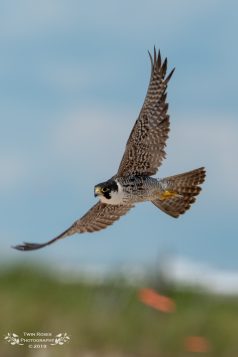
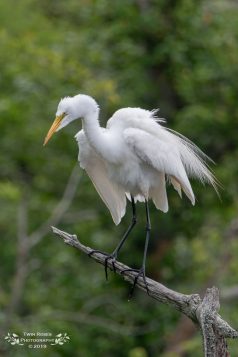
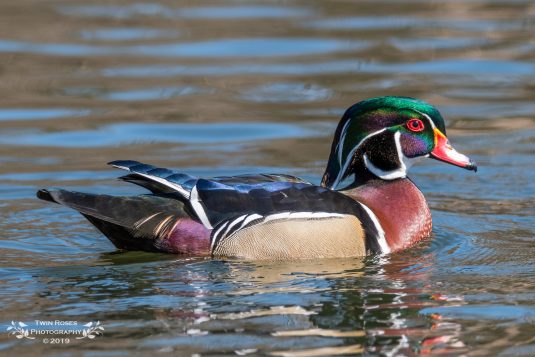
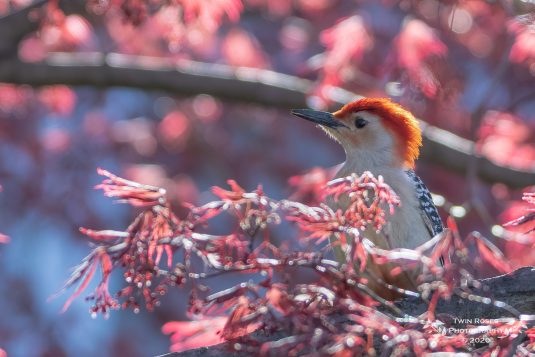
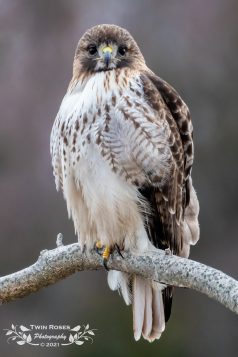
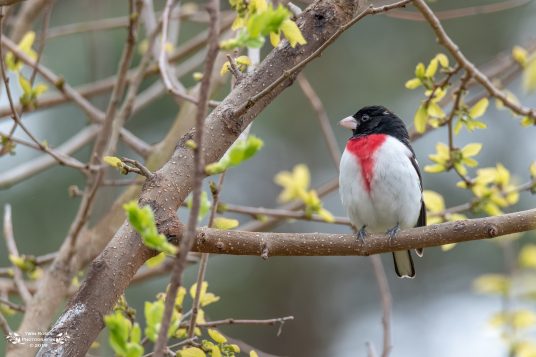
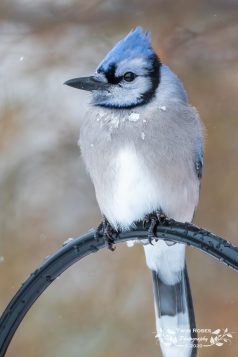
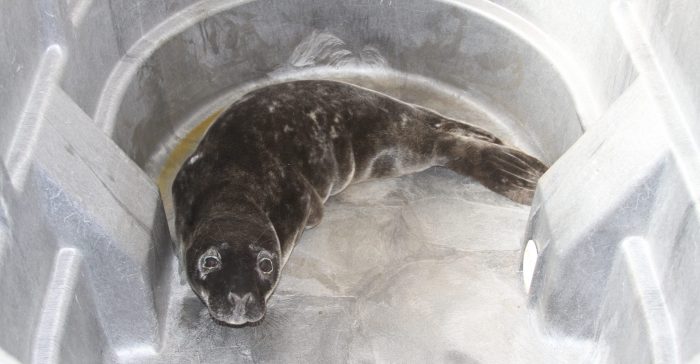
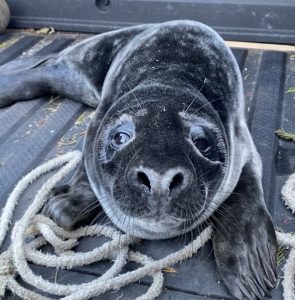
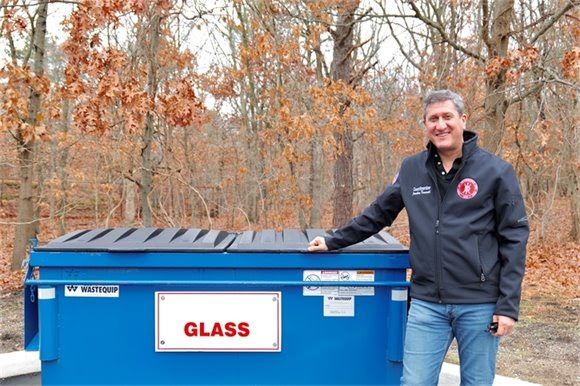

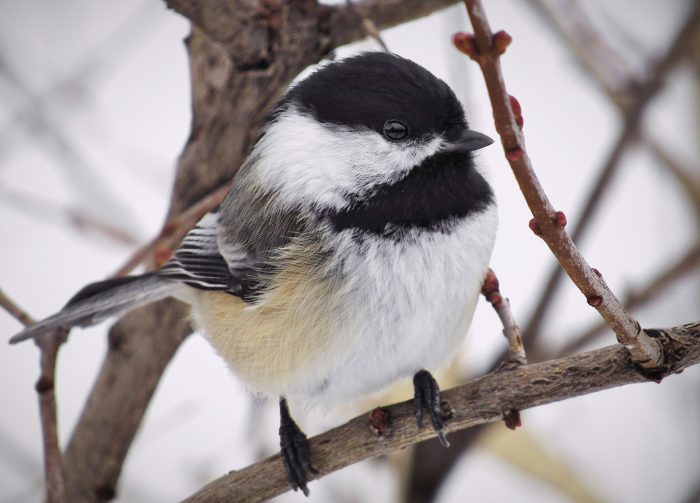
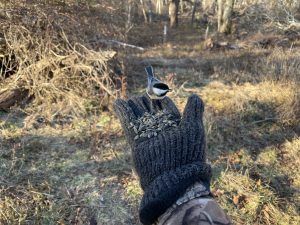
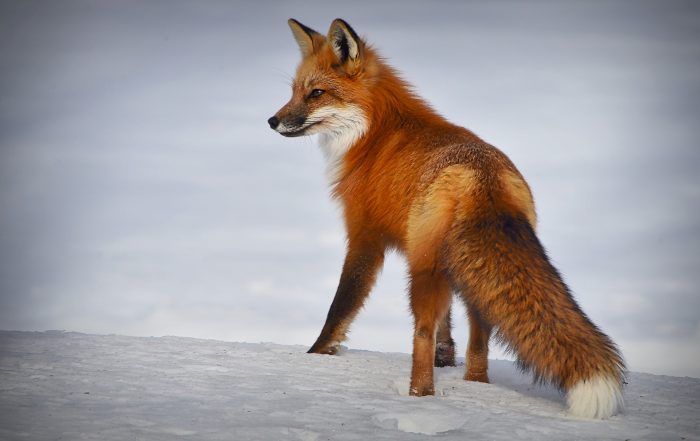
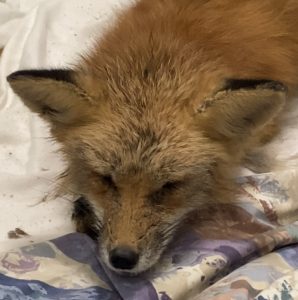

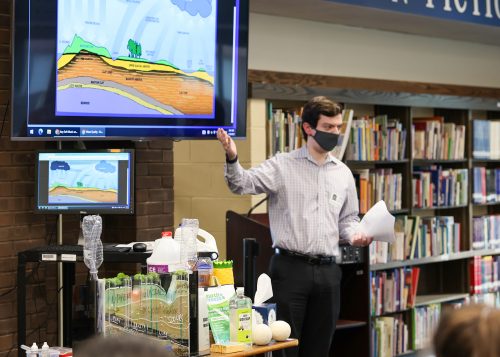
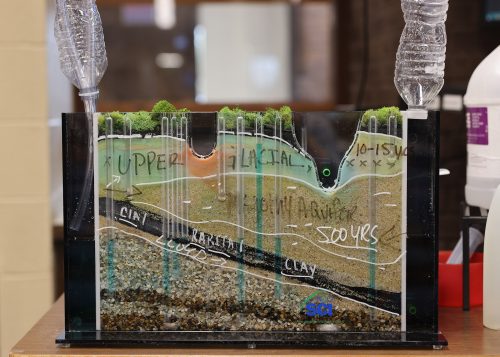
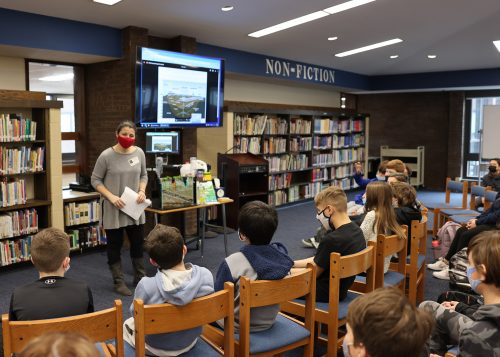
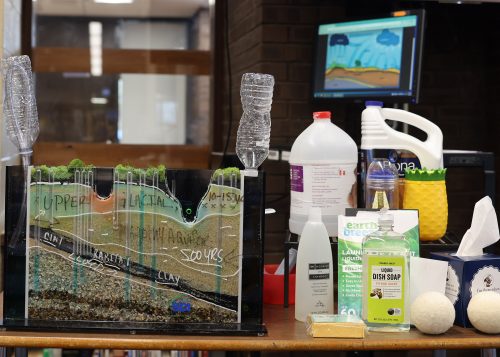

 Authors Reed and Michael F. Wehner at Lawrence Berkeley National Laboratory, point out the costs of extreme weather over the past 50 years are unevenly distributed across the world. Generally, the most financially expensive weather events have been hurricanes in the U.S., but the deadliest events are droughts and floods in developing nations.
Authors Reed and Michael F. Wehner at Lawrence Berkeley National Laboratory, point out the costs of extreme weather over the past 50 years are unevenly distributed across the world. Generally, the most financially expensive weather events have been hurricanes in the U.S., but the deadliest events are droughts and floods in developing nations.